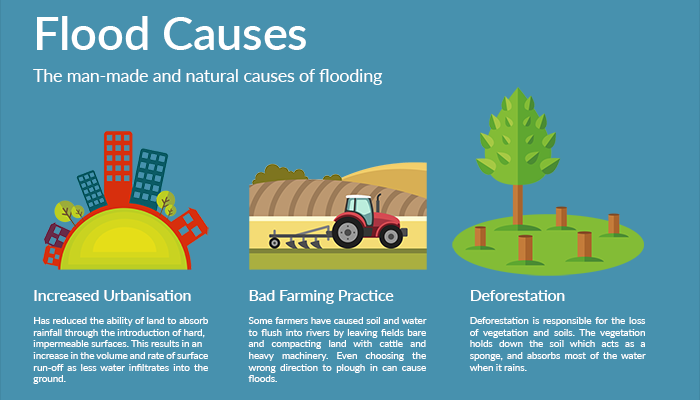The Scientific Research Underlying Mold Development After Water Damage Occurs
The Scientific Research Underlying Mold Development After Water Damage Occurs
Blog Article
Write-Up By-Hatfield Jantzen
So, you've managed water damage in your house, but have you ever before questioned what really takes place behind the scenes that causes mold and mildew growth? Understanding the scientific procedures at play can be critical in tackling this issue properly. From the initial impact of water on surface areas to the function of wetness in mold and mildew development, there are elaborate mechanisms that establish the stage for mold to grow post-water damages. Stay tuned to reveal the remarkable scientific research behind mold development after water damages and exactly how you can combat it.
## Influence of Water Direct Exposure on Surfaces
When water permeates surfaces, it starts a series of chain reactions that lead the way for mold and mildew growth. This intrusion produces a moist environment where mold and mildew spores, which are always existing airborne, can grow. Recommended Resource site acts as a driver, causing dormant mold and mildew spores to sprout and start the growth process. Once turned on, these spores feed on natural materials existing in the affected location, such as wood, drywall, or fabric, damaging them to sustain their development.
The influence of water direct exposure on surfaces is extensive. Not just does it offer the necessary problems for mold and mildew to prosper, but it likewise damages the architectural honesty of the materials it infiltrates. As mold and mildew colonies expand and spread out, they can trigger significant damages to the surface areas they live in. This degeneration can endanger the safety of the afflicted framework and may need considerable repair services to rectify. Therefore, dealing with water damage quickly and properly is important in avoiding mold and mildew development and maintaining the stability of the afflicted surfaces.
## Duty of Dampness in Mold Growth
Moisture plays a pivotal duty in fostering mold growth, developing an atmosphere for spore germination and growth. When click for source occurs, the excess dampness supplies a breeding ground for mold to flourish.
Mold spores, which are present all over in the setting, call for wetness to activate and start the development procedure. When these spores encounter a damp or wet location, they take in the wetness and begin to increase rapidly. https://anotepad.com/notes/h3fc8a2e of moisture not only starts the germination of spores however likewise supports the growth of mold hyphae, the branching filaments that form the text of the mold.
These hyphae spread and release even more spores, even more polluting the location. Consequently, managing wetness levels is critical in stopping mold and mildew growth after water damages. Appropriate drying methods and moisture control steps are necessary to prevent mold and mildew growth and guard your indoor environment from mold-related concerns.
## Environmental Elements Affecting Mold Growth
To comprehend mold and mildew growth after water damages, it's vital to consider the numerous ecological aspects that influence the proliferation of mold and mildew colonies.
Temperature plays a substantial role in mold growth, with the majority of molds growing in temperatures between 77-86 ° F (25-30 ° C).
High moisture degrees above 60% produce a helpful setting for mold spores to germinate and spread rapidly.
Poor air flow worsens the issue by trapping dampness inside, supplying an optimal setup for mold and mildew growth.
Furthermore, https://blogfreely.net/valentine748krissy/proven-techniques-for-water-damage-reconstruction-shared-by-industry-experts promotes mold proliferation, making concealed or encased spaces more at risk to infestations.
Air flow and air high quality are essential in mold and mildew avoidance, as stationary air can result in moisture buildup and produce favorable problems for mold to flourish.
Exterior factors like distance to bodies of water or damp soil can likewise influence interior mold and mildew development through raised moisture degrees.
## Verdict
So, to sum it up, when water leaks into surface areas, it creates a perfect breeding place for mold to grow and spread.
By regulating moisture degrees and ensuring correct air flow, you can avoid mold and mildew from causing additional damages to your residential property.
Keep in mind, staying proactive in taking care of water damages is crucial to keeping mold away and preserving a safe living setting.